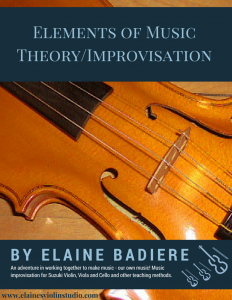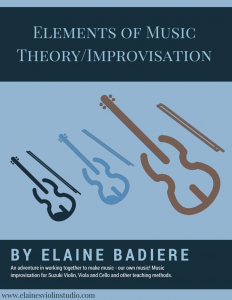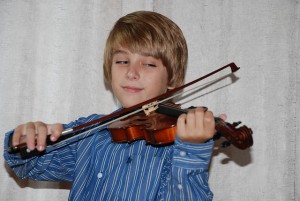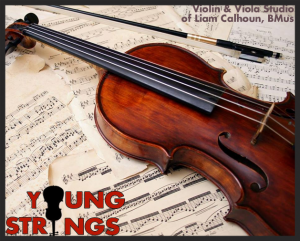 I was recently contacted by fellow strings teacher, Liam Calhoun. He wrote a blog post that I found very much in line with my views on improvisation in music education. I like the thinking in this piece! For example, in reality, are improvisation and creativity really in opposition with technical skills and sight reading, or are these concepts/entities two sides of the same coin of being a fine musician? I agree with the latter idea. We have indeed for too long divided “classical” orchestral and chamber music playing according to a given score, from the more free wheeling improvisation in it’s own right, or improvisation on a known melody or theme. We have seen these two venues as two different kinds of music, which in a sense, they are. However modern usage is blurring the distinctions of this kind and we are beginning to see just music. I like this trend. Liam gives further ideas.
I was recently contacted by fellow strings teacher, Liam Calhoun. He wrote a blog post that I found very much in line with my views on improvisation in music education. I like the thinking in this piece! For example, in reality, are improvisation and creativity really in opposition with technical skills and sight reading, or are these concepts/entities two sides of the same coin of being a fine musician? I agree with the latter idea. We have indeed for too long divided “classical” orchestral and chamber music playing according to a given score, from the more free wheeling improvisation in it’s own right, or improvisation on a known melody or theme. We have seen these two venues as two different kinds of music, which in a sense, they are. However modern usage is blurring the distinctions of this kind and we are beginning to see just music. I like this trend. Liam gives further ideas.
I also like his thinking on “playing by ear”. Of course it is a vital part of the whole. When I play “from memory” my ear is definitely guiding me as well as muscle memory especially in the more technical parts. Playing by ear also opens up more space in the improvisation area. One can transpose a melody or theme more easily. One can hang on to the theme and weave an improvisation around it.
One more thought. The students and their families who come to us come with their own ideas of what 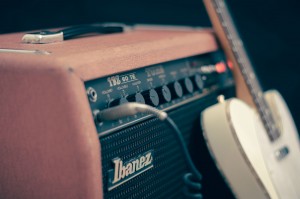 their favorite musical activities might be. Some are not a whit interested in doing a Mozart Concerto, but would think they had reached the mountain top if they could participate in a garage band with their friends. Well, the I, IV & V7 chords that we teach in the Royal Conservatory of Music theory work are indeed the same chords used in lead sheets for the garage band or the church praise band. I have a family now in which big sister can play the arpeggio form of the chords while little brother plays Twinkle. They can do it in A major, D major and G major. The grins are the rewards! Why not meet people where they are?
their favorite musical activities might be. Some are not a whit interested in doing a Mozart Concerto, but would think they had reached the mountain top if they could participate in a garage band with their friends. Well, the I, IV & V7 chords that we teach in the Royal Conservatory of Music theory work are indeed the same chords used in lead sheets for the garage band or the church praise band. I have a family now in which big sister can play the arpeggio form of the chords while little brother plays Twinkle. They can do it in A major, D major and G major. The grins are the rewards! Why not meet people where they are?

